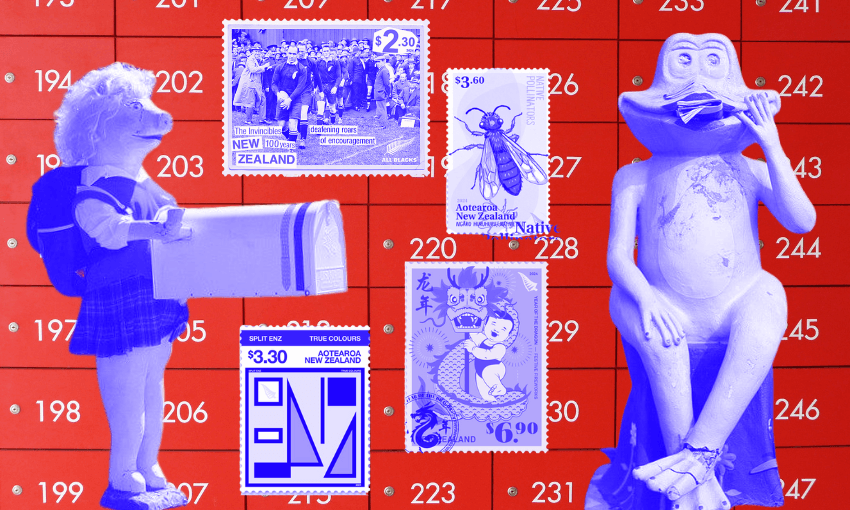Like people, materials evolve over time. They also behave differently when they are stressed and relaxed. Scientists looking to measure the dynamics of how materials change have developed a new technique that leverages X-ray photon correlation spectroscopy (XPCS), artificial intelligence (AI) and machine learning.
This technique creates “fingerprints” of different materials that can be read and analyzed by a neural network to yield new information that scientists previously could not access. A neural network is a computer model that makes decisions in a manner similar to the human brain.
In a new study by researchers at the Advanced Photon Source (APS) and Center for Nanoscale Materials (CNM) at the U.S. Department of Energy’s (DOE) Argonne National Laboratory, scientists have paired XPCS with an unsupervised machine learning algorithm, a form of neural network that requires no expert training. The algorithm teaches itself to recognize patterns hidden within arrangements of X-rays scattered by a colloid—a group of particles suspended in solution. The APS and CNM are DOE Office of Science user facilities.
A paper based on the study appears in Nature Communications.
“The way we understand how materials move and change over time is by collecting X-ray scattering data,” said Argonne postdoctoral researcher James (Jay) Horwath, the first author of the study.
These patterns are too complicated for scientists to detect without the aid of AI.
“As we’re shining the X-ray beam, the patterns are so diverse and so complicated that it becomes difficult even for experts to understand what any of them mean,” Horwath said.
For researchers to better understand what they are studying, they have to condense all the data into fingerprints that carry only the most essential information about the sample.
“You can think of it like having the material’s genome; it has all the information necessary to reconstruct the entire picture,” Horwath said.
The project is called Artificial Intelligence for Non-Equilibrium Relaxation Dynamics, or AI-NERD. The fingerprints are created by using a technique called an autoencoder. An autoencoder is a type of neural network that transforms the original image data into the fingerprint—called a latent representation by scientists—and that also includes a decoder algorithm used to go from the latent representation back to the full image.
The goal of the researchers was to try to create a map of the material’s fingerprints, clustering fingerprints with similar characteristics into neighborhoods. By looking holistically at the features of the various fingerprint neighborhoods on the map, the researchers were able to better understand how the materials were structured and how they evolved over time as they were stressed and relaxed.
AI, simply put, has good general pattern recognition capabilities, making it able to efficiently categorize the different X-ray images and sort them into the map.
“The goal of the AI is just to treat the scattering patterns as regular images or pictures and digest them, to figure out what the repeating patterns are,” Horwath said. “The AI is a pattern recognition expert.”
Using AI to understand scattering data will be especially important as the upgraded APS comes online. The improved facility will generate 500 times brighter X-ray beams than the original APS.
“The data we get from the upgraded APS will need the power of AI to sort through it,” Horwath said.
The theory group at CNM collaborated with the computational group in Argonne’s X-ray Science division to perform molecular simulations of the polymer dynamics demonstrated by XPCS, and going forward, synthetically generate data for training AI workflows like the AI-NERD.
Authors of the study include Argonne’s James (Jay) Horwath, Xiao-Min Lin, Hongrui He, Qingteng Zhang, Eric Dufresne, Miaoqi Chu, Subramanian Sankaranaryanan, Wei Chen, Suresh Narayanan and Mathew Cherukara. Chen and He have joint appointments at the University of Chicago, and Sankaranaryanan has a joint appointment at the University of Illinois Chicago.
More information:
James P. Horwath et al, AI-NERD: Elucidation of relaxation dynamics beyond equilibrium through AI-informed X-ray photon correlation spectroscopy, Nature Communications (2024). DOI: 10.1038/s41467-024-49381-z
Citation:
Scientists develop new AI method to create material ‘fingerprints’ (2024, July 16)
retrieved 16 July 2024
from https://phys.org/news/2024-07-scientists-ai-method-material-fingerprints.html
This document is subject to copyright. Apart from any fair dealing for the purpose of private study or research, no
part may be reproduced without the written permission. The content is provided for information purposes only.











/https://tf-cmsv2-smithsonianmag-media.s3.amazonaws.com/filer_public/d1/82/d18228f6-d319-4525-bb18-78b829f0791f/mammalevolution_web.jpg)








Discussion about this post